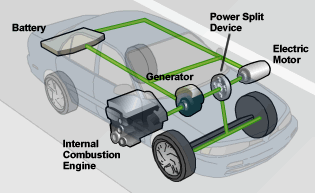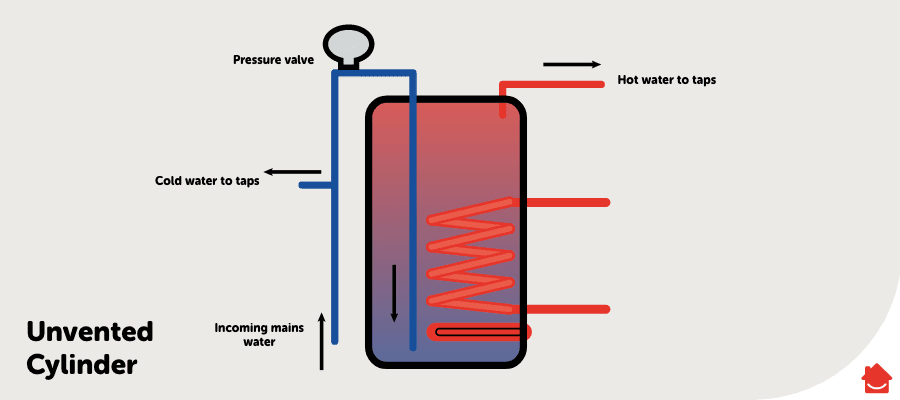In theory, the concept of a hybrid vehicle—which uses more than one type of distinct power source for motion—has been around for a few centuries. However, it wasn’t until the late 20th century that carmakers began to mass manufacture them, especially in response to an increasingly eco-friendly and energy efficient consumer base.
Types of Hybrid Cars
The term “hybrid vehicle” has become synonymous with the hybrid electric vehicle, which is also referred to with the acronym HEV. HEVs combine the internal combustion engine (ICE) usually installed on conventional vehicles with an electric propulsion system, which is usually an electric motor powered by a rechargeable battery pack. The Toyota Prius, an HEV that debuted in 1997, is the best-selling hybrid vehicle in the world, with about two-thirds of the market. Other notable HEVs include the Honda Insight, as well as hybrid versions of conventional vehicles like the Toyota Camry, Ford Escape, Lexus RX, and Honda Civic. Another type of hybrid vehicle is the plug-in hybrid electric vehicle, or PHEV, which typically relies on rechargeable lithium-ion batteries for the vehicle to completely operate on electric mode; connecting a plug to an external electric power source can recharge the batteries. The Chevrolet Volt is the world’s top-selling PHEV. A third type of hybrid vehicle, the fuel cell electric vehicle (FCEV), combines a fuel cell—which converts the chemical energy from hydrogen into electricity—is combined with the car’s battery for its power source. Examples include the Toyota Mirai, Honda FCX Clarity, and Hyundai ix35 FCEV.
Reduced Reliance on Gasoline
Regardless of the type of power sources the hybrid car uses, it ultimately provides improved fuel economy over conventional, gasoline- or diesel-powered automobiles. Since it uses more than one power source, the car only uses gasoline when it is absolutely necessary. In some HEVs—referred to as series hybrids—the electric motor is the only power source that moves the vehicle, with the engine acting as the generator for powering the motor or charging the battery pack. Additionally, the gasoline engines on hybrid vehicles tend to be smaller than the ones on conventional cars. So, they don’t consume as much gasoline.
Less Energy Consumption
In addition to better fuel mileage, hybrid vehicles are more energy efficient vehicles. Hybrids perform regenerative braking, a process that occurs when the electric motor slows down the wheels upon braking and converts the generated energy into electricity for recharging the batteries. The electric motor also acts as the starter motor found in conventional cars. However, the difference is that the motor shuts down the hybrid vehicle’s engine when it comes to a complete stop, thus conserving energy and reducing the amount of tailpipe emissions.
Advanced Driving Technology
True to the “hybrid” designation, the two power sources are usually designed to accommodate or complement each other. For example, class of HEVs, which is referred to as parallel hybrid, splits the car’s motion duties. When the car is on the highway, the computer automatically switches on the ICE. When the car is passing through a residential neighborhood or stopping and going in rush-hour traffic, it relies on the electric motor. And the ICE and motor join forces in other functions, such as acceleration and hill climbing.





